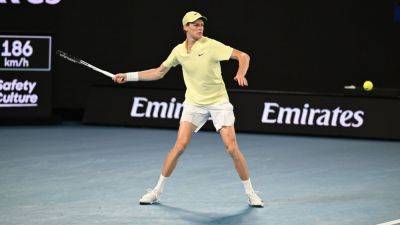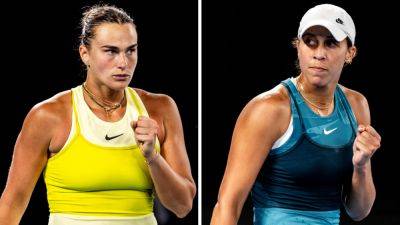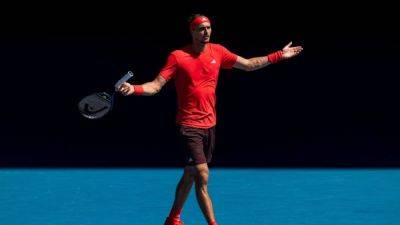How the Australian Open went from 'the other Slam' to record attendance numbers - ESPN
MELBOURNE, Australia — In the 1970s and early '80s, Tennis Australia, and tennis in Australia, was on life support.
Back then, the Australian Open felt like a Grand Slam only by name. The tournament, then hosted at the outgrown facilities in Kooyong, a suburb of Melbourne, offered measly prize money and rankings points, making the decision to skip the event a simple one for many of the world's top players. As such, the Australian Open consistently featured significantly weaker fields, only fueling the narrative it was the «other Slam,» a stratosphere away from the more celebrated Wimbledon, US Open and French Open.
It was in 1993 when Jeff Pollard, then head of Tennis Australia, called upon recently retired pro and five-time major doubles champion Paul McNamee to help shake the tired stigma. McNamee agreed to take over as both the organization's CEO and Australian Open tournament director, what was the first of two crucial appointments that helped transform the tournament from bumbling, out-of-place major into a spectacle that is widely considered the southern hemisphere's premier annual sporting event.
«We had to find a way to change it from 'Ford Australian Open' to the Australian Open sponsored by Ford,» Pollard told ESPN in 2019. «We had to start looking like a Slam, not sound like every other weekly tournament.»
Under McNamee's leadership, the Australian Open began to flourish at its new home of Flinders Park, the sporting complex better known today as Melbourne Park. Through a combination of ingenious marketing ploys and steadfast local government and ATP negotiations, he successfully reshaped the public's perception around the tournament.
In the early 2000s, the Australian Open became known as «the Grand Slam of








